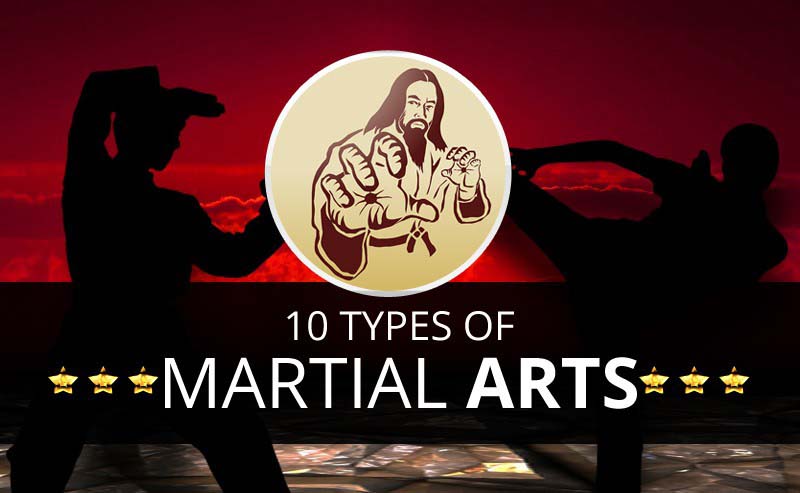Martial Arts Weapons Training: History And Methods
Martial Arts Weapons Training: History And Methods
Blog Article
Authored By-Grimes Mcclure
Discover the ancient roots of martial arts tools training, forming battle strategies and discipline. Old people like Egypt and China sharpened their skills with numerous weapons like bows, staffs, swords, and nunchaku. Given through generations, standard weapons such as katana, nunchaku, bo personnel, and sai provide distinct features and techniques. kajukenbo training incorporates traditional concepts with modern strategies, concentrating on speed, precision, and versatility. Boost your combat abilities by learning more about the abundant history and varied methods of martial arts weaponry.
Ancient Beginnings of Weapons Training
Exploring the old roots of weapons training reveals the fundamental principles that have shaped martial arts practices for centuries. In ancient people, tools training wasn't just a way of fight yet likewise a method to instill discipline, honor, and respect. The earliest types of weapons training can be mapped back to old Egypt, where soldiers were learnt the art of archery and spear battle. These abilities were crucial for shielding the kingdom and guaranteeing its success.
As human beings advanced, so did the methods and tools utilized in training. In ancient China, martial arts practitioners honed their abilities with weapons like the staff, sword, and nunchaku. These weapons weren't only devices for self-defense yet also symbols of strength and proficiency. The training approaches were passed down from generation to generation, maintaining the conventional strategies and viewpoints.
With the research of old tools training, modern-day martial musicians get a deeper understanding of the discipline and devotion required to master these abilities. By recognizing the tradition of old warriors, practitioners continue to promote the timeless concepts of martial arts.
Traditional Fighting Style Weapons
The evolution of martial arts weaponry from ancient people to modern-day method highlights the enduring importance of standard tools in fight training. Traditional martial arts weapons includes a vast variety of devices such as the katana, nunchaku, bo personnel, and sai. https://www.intheknow.com/post/toddler-reaction-taekwondo/ have been given through generations, each with its distinct features and techniques.
The katana, a typical Japanese sword, is known for its sharpness and precision in strikes. Nunchaku, containing 2 sticks linked by a chain or rope, require competent dealing with for reliable fight. The bo staff, a lengthy stick normally constructed from wood, is versatile in both assault and defense maneuvers. The sai, a three-pronged metal tool, is proficient at capturing and blocking opponents' strikes.
Educating with these conventional tools not only develops physical fight skills however additionally cultivates self-control and focus. By understanding the techniques of standard martial arts weaponry, experts can embody the abundant background and society of martial arts while improving their fight proficiency.
Strategies for Modern Tool Training
Modern tool training methods stress versatility and performance in fight situations, mixing conventional concepts with contemporary methods for optimum efficiency. To excel in modern-day tool training, focus on boosting your speed, accuracy, and flexibility. Exercising with tools like knives, batons, and guns calls for mastering methods that focus on swift strikes and specific protective maneuvers.
Maneuvering plays an essential duty in modern weapon training, allowing you to maintain proper range from your challenger and swiftly transition between offensive and defensive positions. By including liquid activities and fast footwork drills right into your training regimen, you can efficiently escape attacks and launch counterattacks with precision.
Furthermore, kalaripayattu training highlights the significance of situational recognition and tactical reasoning. Understanding just how to assess dangers, identify vulnerabilities, and exploit openings in your challenger's protection is important for success in fight circumstances. By sharpening your logical skills and developing a tactical attitude, you can defeat opponents and arise triumphant in challenging circumstances.
Conclusion
So there you have it! You've learned about the ancient beginnings of weapons training, discovered typical martial arts weaponry, and discovered strategies for modern weapon training.
Currently head out there and practice what you've discovered, and end up being a master of martial arts tools! Bear in mind, the possibilities are unlimited, and with devotion and practice, you can come to be a weapon-wielding ninja in no time!
